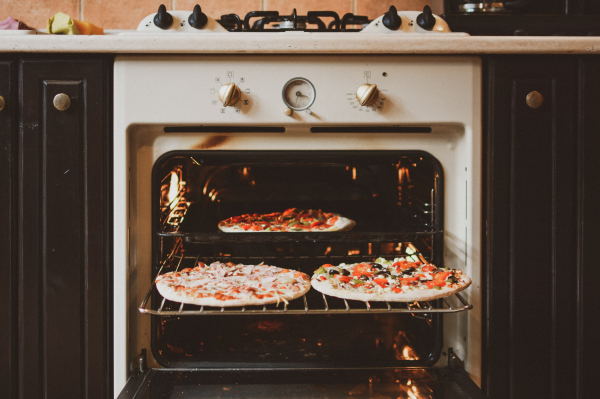
Have you ever gotten sick after eating leftovers? Then there is a good chance that you have made one – or perhaps more – of these warming mistakes… These mistakes can make you sick if you eat leftovers, so quickly read which mistakes you will not make again!
If there's one thing that's a sin, it's when you have to throw away leftover food. The solution? Save the leftovers for later! After all, you did not have to work so hard for it… Make sure that the food has not been left out of the fridge for too long – less than two hours – otherwise you run the risk of getting sick when you start eating your leftovers again . There is a chance that bacteria will grow in your food if it is left at room temperature for too long. Something you naturally want to avoid. So keep a close eye on how long your food has been out of the fridge and throw it away if you don't trust it.
Read also :'This way you can fit two pizzas in your oven'
By storing your food in the right containers, you ensure that it has a longer shelf life and you have less chance of getting bacteria in. So do not wrap your food with foil or plastic, but put it in airtight food containers. Also try to match the amount of your leftover food with the size of the container:the more air there is still with the food in the container, the faster bacteria, moisture and other odors will develop in the container.
Have you ever checked the temperature in your fridge? If your food is in a fridge that is too warm – the ideal temperature is 3 or 4 degrees Celsius – you have a chance that bacteria will form more quickly in your food. Therefore, make sure that you regularly check what temperature your refrigerator is set to, so that you can be sure that you keep your food at the right temperature and that you do not have to throw food away or get sick.
Not only is it important to keep your food at the right temperature, it is also wise not to keep it too long. When you put your leftovers in the fridge, it is best to keep them for three to five days, because if you do it longer you will notice that the food probably no longer smells and/or tastes as it should. And then of course you run the risk of getting sick. Do you want to keep leftovers for longer than a few days? Then choose to freeze your food and pay close attention to thawing.
When you heat up your leftovers, make sure they get hot enough to kill any bacteria already present. Therefore, make sure that your food is heated to a temperature of at least 75 degrees Celsius. For example, you can choose to heat up sauces, soups and gravies by bringing them to a boil. It also helps to cover your leftovers while heating:this keeps the food in moisture (so it doesn't dry out) and all your leftovers are heated, instead of just the top. Warming up evenly can also prevent bacteria from developing in your food! Might be useful to purchase a food thermometer if you don't have one yet?
Do you heat up your frozen meat on the same microwave plate you heat your leftovers on? Raw meat often contains moisture that harbors bacteria, just like fish. When reheating this type of food regularly, it's a good idea to take extra precautions between reheating sessions to avoid cross-contamination. For example, you could use different microwave plates for raw food and already cooked food. Or you can choose to clean the plate in hot water with soap after use to kill the bacteria left behind.
Source: Realsimple.com
Now from €1.99
To the digital kiosk